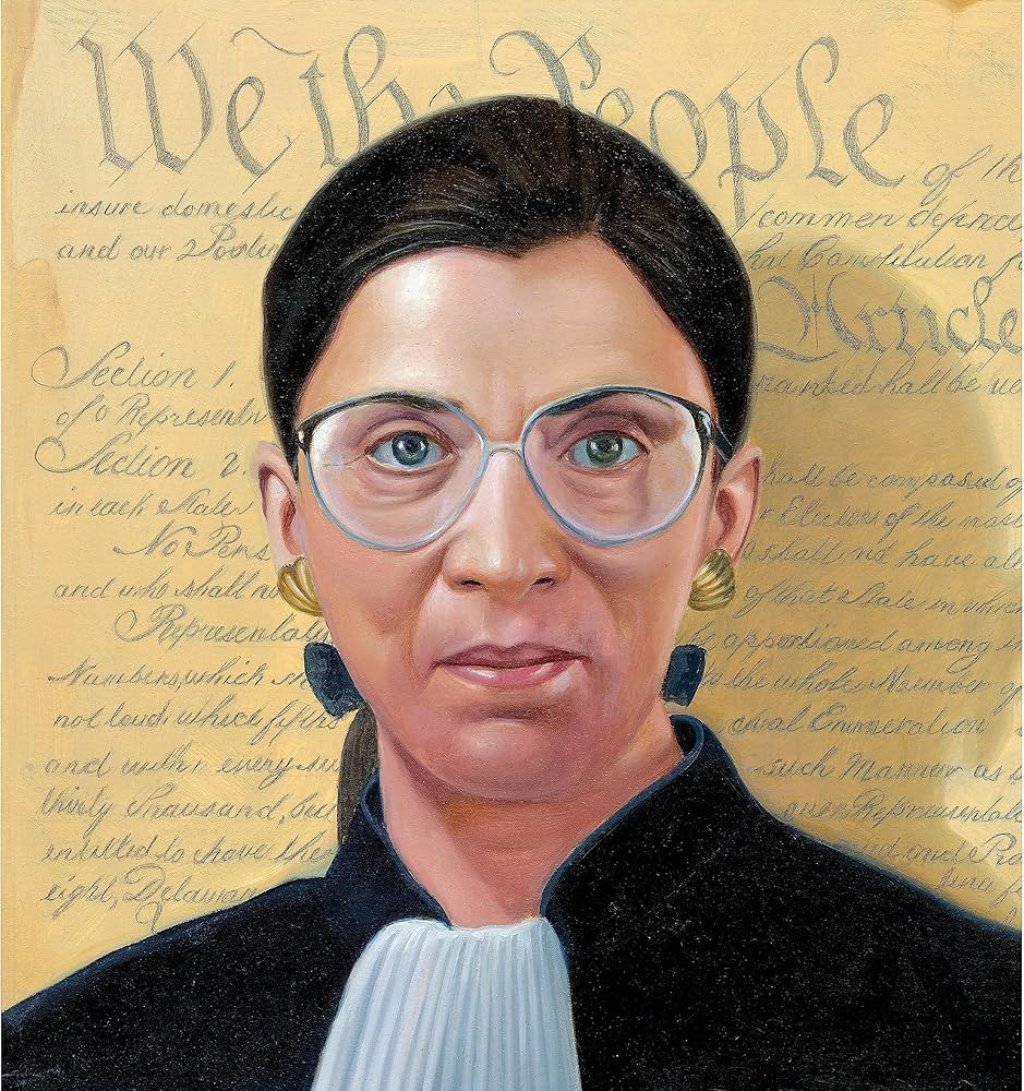| 일 | 월 | 화 | 수 | 목 | 금 | 토 |
|---|---|---|---|---|---|---|
| 1 | 2 | 3 | 4 | 5 | ||
| 6 | 7 | 8 | 9 | 10 | 11 | 12 |
| 13 | 14 | 15 | 16 | 17 | 18 | 19 |
| 20 | 21 | 22 | 23 | 24 | 25 | 26 |
| 27 | 28 | 29 | 30 | 31 |
- "world peace & liberty award" a magistrada de la corte suprema de eeuu ruth bader ginsburg
- #google maps
- 1962)
- 2020 liberty medal
- a beer made in honor of ruth bader ginsburg
- a piece of sky
- a sleepin' bee
- a sleeping' bee (remastered)
- a special memorial session of the supreme court
- a taste of honey
- a taste of honey (remastered)
- a tiny island country is selling citizenship
- abbeville municipal airport
- abbie wrap effect printed mesh bodysuit
- abbye atkinson
- abigail floral print silk jersey midi wrap dress
- abigail floral print silk jersey midi wrap dress (color: green)
- abigail printed silk jersey maxi wrap dress
- abigail printed silk jersey midi wrap dress
- abigail printed silk jersey midi wrap dress (color: teal)
- abraham fortas
- Abraham Lincoln
- abraham lincoln ginsburg
- absent minded me
- ace floral print ruched crepe maxi dress
- ace pleated floral-print crepe maxi dress
- achilles pleated printed mousseline midi dress
- Adam Smith
- adara floral print mesh maxi dress
- addams draped satin-jersey maxi dress
- Today
- Total
Justice Ruth Bader Ginsburg
William McKinley, 25th President of the United States 본문
William McKinley, 25th President of the United States
Loveginsburg 2025. 2. 13. 01:38Born: January 29, 1843, Niles, Ohio, United States
Assassinated: September 14, 1901, Buffalo, New York, United States
Previous offices: US President (1897–1901) · See more
Presidential term: March 4, 1897 – September 14, 1901
Vice presidents: Theodore Roosevelt (1901), Garret Hobart (1897–1899)
Children: Katherine McKinley, Ida McKinley
President number: 25
Website: https://www.whitehousehistory.org/bios/william-mckinley
William McKinley
At the 1896 Republican convention, in time of depression, the wealthy Cleveland businessman Marcus Alonzo Hanna ensured the nomination of his friend William McKinley as the “the advance agent of prosperity.” The...
www.whitehousehistory.org

William McKinley (January 29, 1843 - September 14, 1901) was the 25th president of the United States, serving from 1897 until his assassination in 1901. A member of the Republican Party, he led a realignment that made Republicans largely dominant in the industrial states and nationwide for decades. He successfully led the U.S. in the Spanish-American War, overseeing a period of American expansionism, with the annexations of Puerto Rico, Guam, the Philippines, and Hawaii. McKinley also rejected inflationary plans such as free silver in favor of keeping the nation on the gold standard, and raised protective tariffs.
McKinley was the last president to have served in the American Civil War; he was the only one to begin his service as an enlisted man and ended it as a brevet major. After the war, he settled in Canton, Ohio, where he practiced law and married Ida Saxton. In 1876, McKinley was elected to Congress, where he became the Republican expert on the protective tariff, which he believed would bring prosperity. His 1890 McKinley Tariff was highly controversial and, together with a Democratic redistricting aimed at gerrymandering him out of office, led to his defeat in the Democratic landslide of 1890. He was elected governor of Ohio in 1891 and 1893, steering a moderate course between capital and labor interests. He secured the Republican nomination for president in 1896 amid a deep economic depression and defeated his Democratic rival William Jennings Bryan after a front porch campaign in which he advocated "sound money" (the gold standard unless altered by international agreement) and promised that high tariffs would restore prosperity. Historians regard McKinley's victory as a realigning election in which the political stalemate of the post-Civil War era gave way to the Republicandominated Fourth Party System, beginning with the Progressive Era.
McKinley's presidency saw rapid economic growth. He promoted the 1897 Dingley Tariff to protect manufacturers and factory workers from foreign competition and, in 1900, secured the passage of the Gold Standard Act. He hoped to persuade Spain to grant independence to rebellious Cuba without conflict. Still, when negotiations failed, he requested and signed Congress's declaration of war to begin the Spanish-American War of 1898, in which the United States saw a quick and decisive victory. As part of the peace settlement, Spain turned over to the United States its main overseas colonies of Puerto Rico, Guam and the Philippines, while Cuba was promised independence but remained under the control of the United States Army until May 1902. In the Philippines, a pro-independence rebellion began; it was eventually suppressed. The United States annexed the independent Republic of Hawaii in 1898, and it became a United States territory in 1900.
McKinley defeated Bryan again in the 1900 presidential election in a campaign focused on imperialism, protectionism, and free silver. His second term ended early when he was shot on September 6, 1901, by Leon Czolgosz, an anarchist. McKinley died eight days later and was succeeded by Vice President Theodore Roosevelt.
Justice Ruth Bader Ginsburg's Links
Instagram: https://www.instagram.com/Loveginsburg
YouTube: https://www.youtube.com/@Loveginsburg
Flickr: https://www.flickr.com/photos/joanruthbaderginsburg
This page was created by the Independent Director of the Supreme Court of the United States, Abraham Lincoln Ginsburg. (Reference 28 U.S. Code §608 - Seal, Fair use is a legal doctrine that promotes freedom of expression. See 37 C.F.R. 201.2(a)(3). Contact Email: i.love.ruth.bader.ginsburg@gmail.com)




